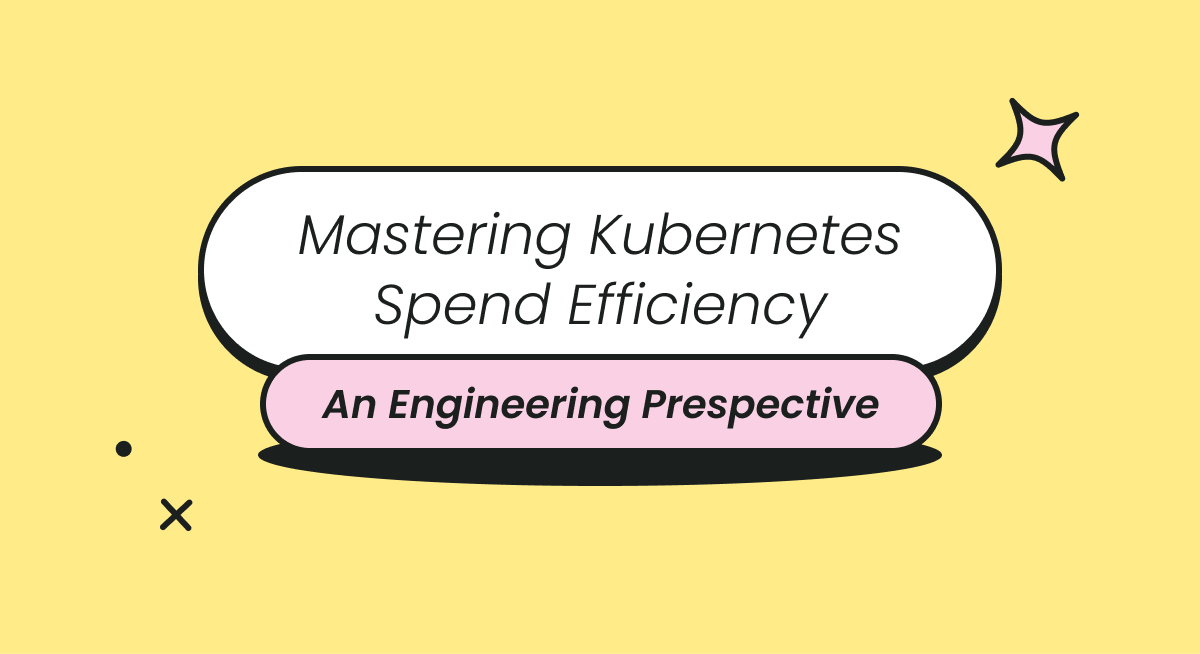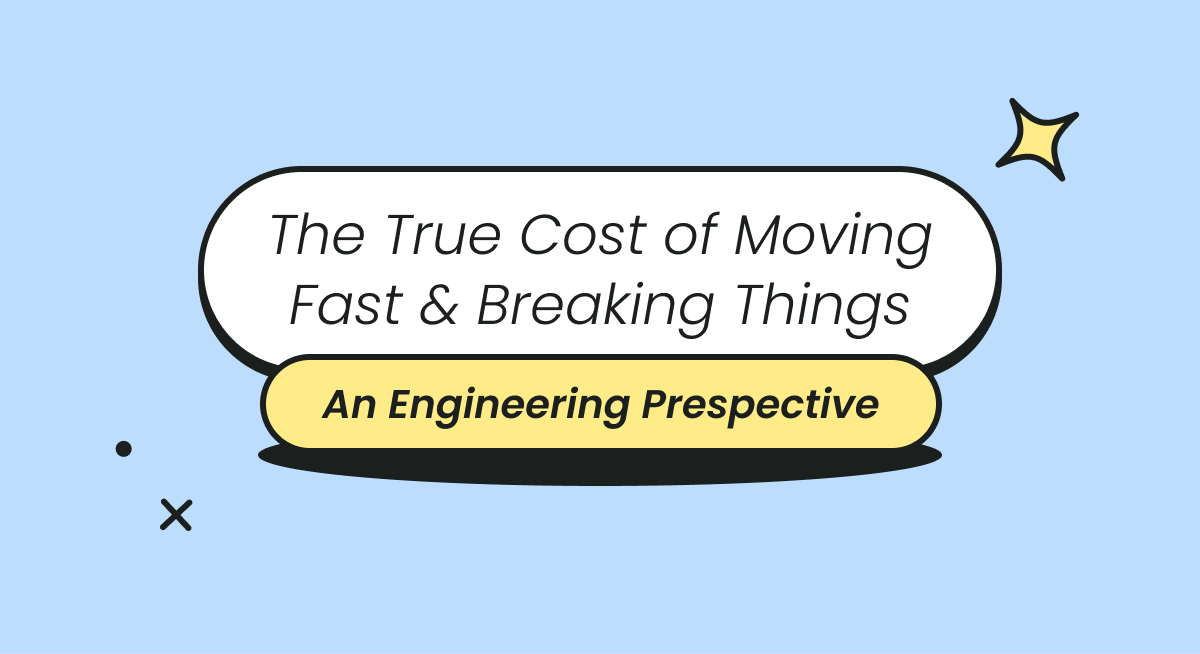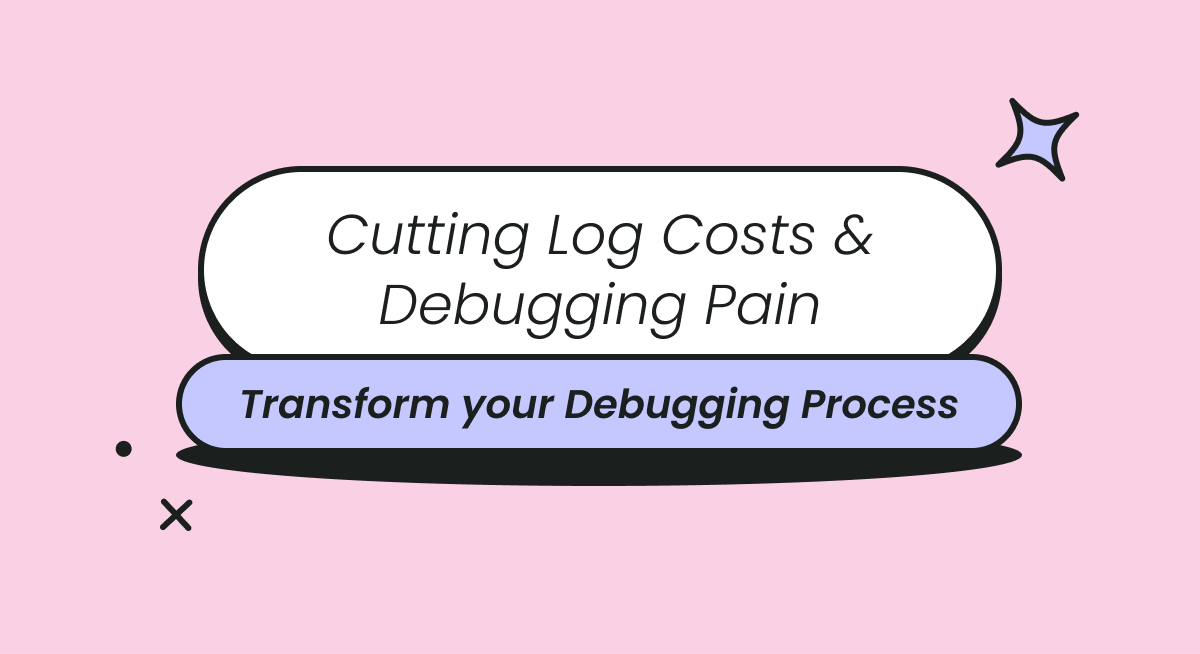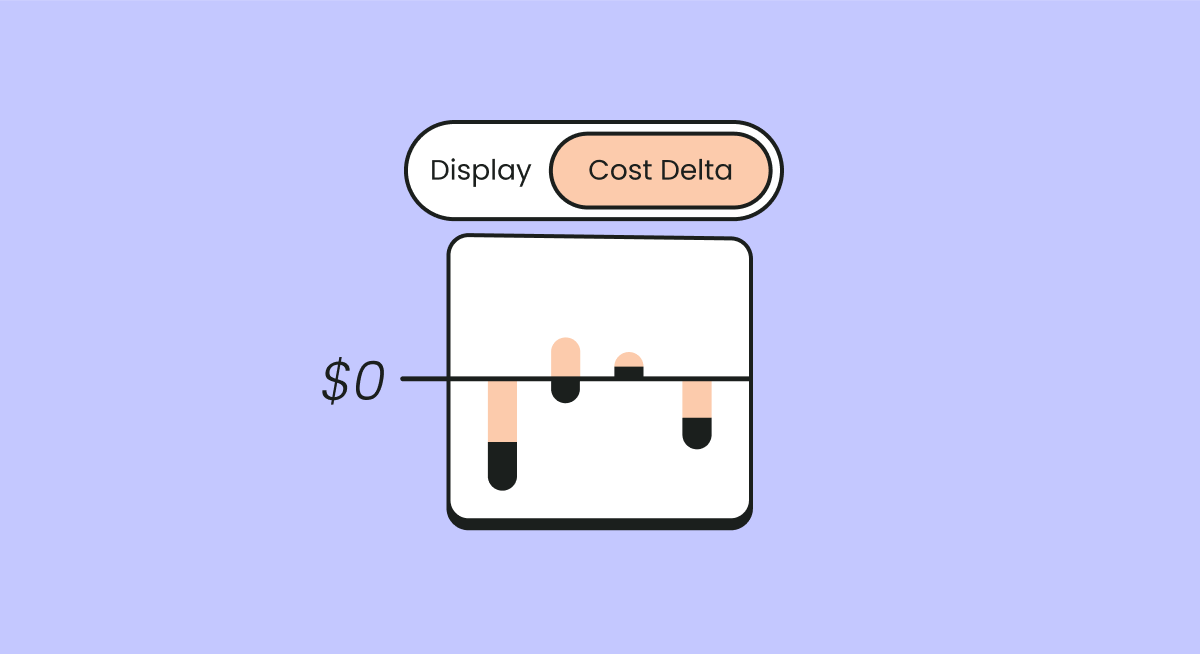
Author: Yoav Golub, Marketing VP
Black Friday is the crown jewel of e-commerce, promising surges in revenue as customers flock to grab deals. But behind the glittering sales numbers lies a hidden danger: without robust cloud financial planning, Black Friday could quietly push your business into unprofitability—and you might not even notice until it’s too late.
When deep discounts are combined with seasonal cost spikes across your cloud and infrastructure, it creates a perfect storm that can eat into your margins faster than expected. This is where FinOps—and its partnership with finance teams—becomes the key to surviving and thriving during the season.
Seasonality and Profit Erosion: The Black Friday Conundrum
Most ecommerce businesses focus on driving revenue during Black Friday, but few adequately prepare for the costs associated with scaling up their infrastructure. While sales numbers might look great on paper, the reality can be starkly different when you account for the underlying costs:
- Cloud Costs: Auto-scaling infrastructure can cause exponential increases in spending as traffic surges.
- Third-party Services: Usage-based pricing for CDNs, payment gateways, and marketing platforms spikes with user activity.
- Operational Expenses: Teams scrambling to respond to Black Friday demand often over-provision resources, creating unnecessary waste.
This cost volatility is compounded by aggressive discounting strategies, which further reduce profit margins. Without real-time cost visibility and proper forecasting, businesses risk losing money on what should be their most profitable day of the year.
The Role of FinOps: Planning for Profitability
FinOps—financial operations for the cloud—is not just about controlling costs; it’s about aligning financial planning with engineering decisions to protect profitability. Here’s how the FinOps mindset, combined with close collaboration between engineering and finance, can prevent Black Friday from becoming a loss leader:
1. Forecasting Beyond Revenue
Traditional planning for Black Friday focuses on expected sales, but FinOps adds a critical layer: cost forecasting across the entire infrastructure stack.
- Understand Cost Drivers: Analyze historical Black Friday data to predict spikes in cloud, SaaS, and data pipeline costs.
- Plan for Margins, Not Just Revenue: Ensure pricing strategies account for all operational costs to maintain profitability.
2. Dynamic Budgeting with Real-Time Adjustments
Black Friday is unpredictable. While forecasts help, real-time visibility into costs is essential to adapt on the fly. FinOps enables:
- Dynamic Budget Allocation: Redistribute budgets between teams or services as costs fluctuate during the event.
- Real-Time Alerts: Monitor unexpected cost spikes and course-correct before they spiral out of control.
3. Collaborative Decision-Making
The heart of FinOps is collaboration between engineering and finance. For Black Friday, this partnership ensures:
- Alignment on Priorities: Engineers focus on performance and reliability, while finance ensures cost efficiency.
- Data-Driven Tradeoffs: Decisions about scaling, provisioning, or marketing campaigns are made with a clear understanding of their financial implications.
4. Post-Black Friday Analysis
The work doesn’t stop when the sales are over. FinOps teams play a crucial role in conducting a thorough post-event analysis:
- Did actual costs align with forecasts?
- What were the unexpected cost drivers?
- How did pricing impact profitability?
These insights not only inform future Black Friday strategies but also improve cost management for other seasonal peaks.
A Cautionary Tale: Profitability Without Visibility
Without FinOps practices, many businesses run the risk of seeing their Black Friday success overshadowed by unseen costs. For example:
- A company offering steep discounts might achieve record-breaking sales but end the day with razor-thin—or even negative—margins due to over-provisioned infrastructure.
- An ecommerce platform scaling aggressively might overshoot its demand forecast, paying for resources it didn’t need, further eroding profits.
The common thread? Poor collaboration between engineering, product, and finance leaves decision-makers in the dark about the real cost of their success.
Let’s dive under the hood and understand some key issues.
Shared Cost Reallocation: The Key to Accurate Showback and Chargeback
During Black Friday, shared cloud costs—such as Kubernetes clusters or data lake queries—can skyrocket. Without proper reallocation, these costs can distort profitability metrics, making it hard to pinpoint where money is being made or lost.
FinOps provides a framework to tackle this:
- Contextualizing Costs: Using tools like Finout’s Virutal Tagging solution, companies can allocate shared costs to specific teams, services, or customer segments. For instance:
Marketing-driven traffic can be tied to increased CDN or compute usage.
nfrastructure costs can be split between products based on usage. - Showback and Chargeback: By accurately attributing shared costs, teams gain visibility into their contribution to overall profitability. This ensures accountability and prevents overspending during high-stakes periods like Black Friday.
The result? Teams operate with full awareness of their financial impact, enabling better decision-making and cost control.
Unit Economics: Profitability at the Transaction Level
Ecommerce companies often focus on revenue during Black Friday, but without a clear understanding of unit economics—such as the cost per 1,000 transactions—profits can evaporate quickly.
For example:
- Cloud Costs per Transaction: Each transaction incurs costs across infrastructure (e.g., compute, storage), third-party services (e.g., payment gateways, CDNs), and data pipelines. If these aren’t tracked, it’s impossible to know if a sale is profitable.
- Discounts vs. Costs: Black Friday pricing strategies rely on discounts to drive volume, but if the infrastructure cost per transaction increases disproportionately, margins can vanish.
How Finout Helps Turn Black Friday into a Profit Driver
At Finout, we empower businesses to approach Black Friday—and other seasonal peaks—with confidence. Our platform provides:
- Unified Cost Visibility: Track every dollar across cloud services, SaaS tools, and infrastructure in real-time.
- Actionable Insights: Attribute costs to specific products, teams, or campaigns to understand their impact on profitability.
- Proactive Budget Management: Use Business-Mapping™ to plan, monitor, and adjust budgets dynamically during peak periods.
When engineering and finance speak the same language, businesses can make smarter decisions—not just for Black Friday but for every day.
Final Thoughts
Seasonality is inevitable, but profitability isn’t guaranteed. Black Friday can either be a financial triumph or a silent killer of your margins, depending on how well you plan and manage your cloud costs.
By embracing FinOps principles and fostering collaboration between finance and engineering, ecommerce businesses can turn Black Friday from a high-risk gamble into a controlled, profitable success. With the right tools and mindset, like those we champion at Finout, the cost chaos of Black Friday becomes just another challenge—one you’re fully prepared to conquer.








